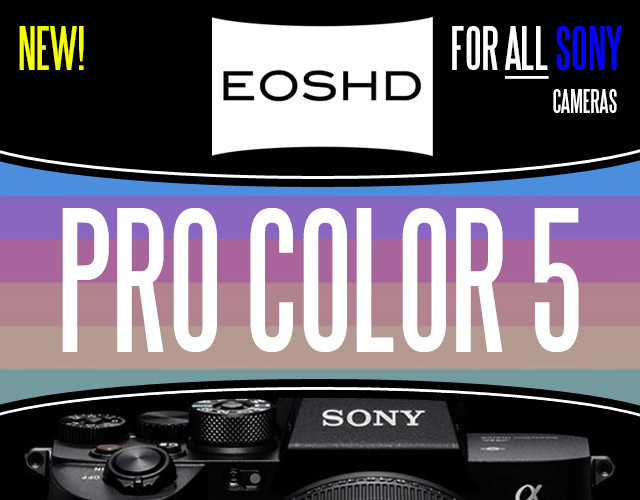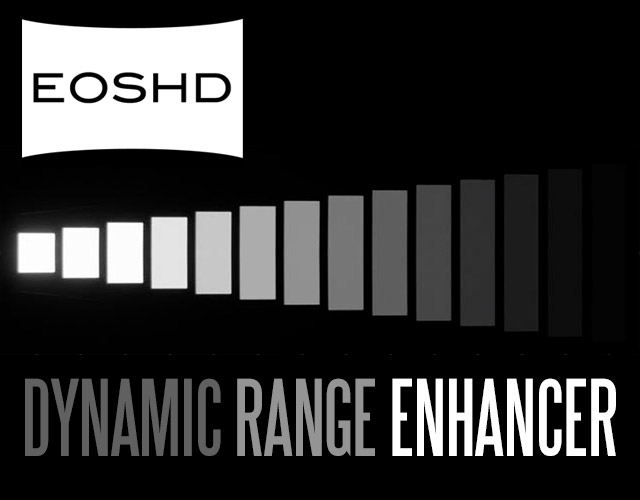Micro four thirds - hype or hip?
-
Similar Content
-
- 0 replies
- 1,440 views
-
- 0 replies
- 2,031 views
-
- 0 replies
- 2,202 views
-
ADAPTING THE ANGENIEUX 12-120mm 1:2.2 to the BMPCC
By Matteo Ferreccio,
- ANGENIEUX 12-120mm
- BMPCC
- (and 2 more)
- 1 reply
- 4,223 views
-
- 187 replies
- 46,877 views
-





Recommended Posts
Create an account or sign in to comment
You need to be a member in order to leave a comment
Create an account
Sign up for a new account in our community. It's easy!
Register a new accountSign in
Already have an account? Sign in here.
Sign In Now